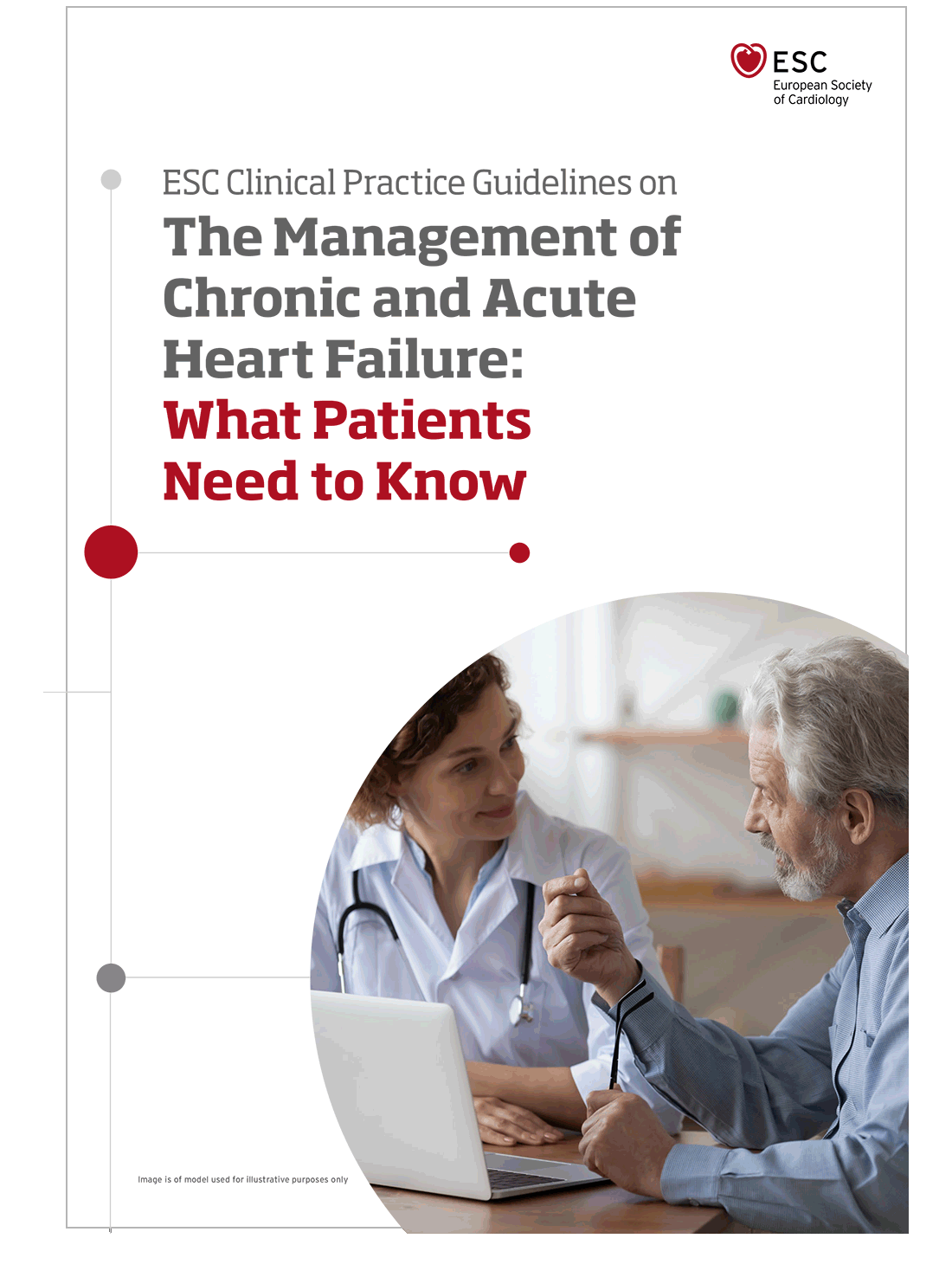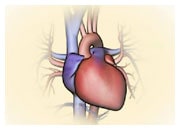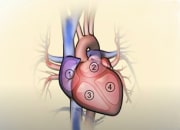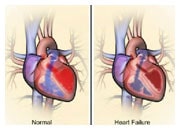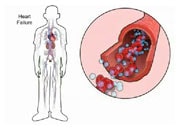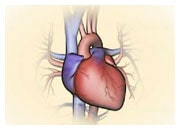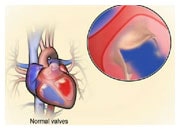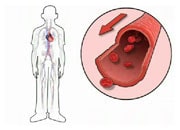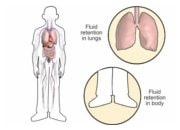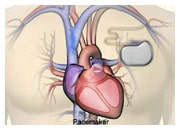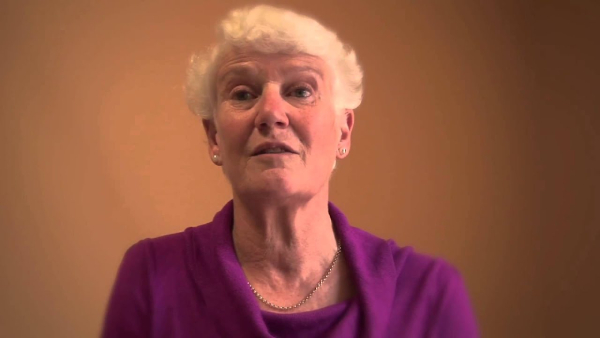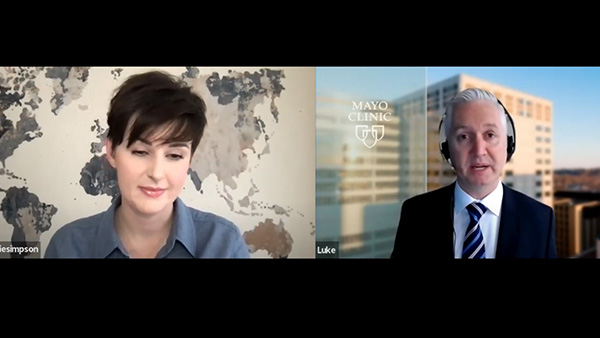Lung Disease
Many patients with heart failure also have lung disease. Lung disease and heart failure may worsen daily symptoms, particularly breathlessness and fatigue. The medical term for breathlessness is dyspnea. Most common lung diseases are chronic obstructive pulmonary disease (COPD), emphysema and asthma. Patients also may have sleep disordered breathing, lung cancer, or pulmonary fibrosis.
Lung disease usually has a specific cause. Smoking may lead to chronic obstructive pulmonary disease, asthma, emphysema, or lung cancer. Allergies may be seasonal causes for lung disease. These conditions cause breathlessness, cough, fatigue and reduced exercise capacity. Diagnostic tests commonly used to detect lung disease are chest x-ray and lung function testing (spirometry). Heart failure can also present with pleural effusion, which is fluid collecting around the lung that causes or worsens breathlessness.
If you have heart failure and have been diagnosed with lung disease, then you will need to follow specific advice and treatment for optimal control of lung disease. The first and most important action is to stop smoking. Furthermore, medication mainly helps with symptom control and is based on inhaled drugs (bronchodilators, corticosteroids) that generally have few side-effects and may be used in addition to heart failure medication. It is also important to get regular immunization against influenza (seasonal), pneumococcal pneumonia (every 5 years) and since 2020 also against new coronavirus SARS-CoV-2.
Lung disease interferes with gas exchange. As a result, not enough oxygen is transferred from lungs to blood and then via bloodstream to your organs – this condition is called hypoxia. Your heart will try to compensate by working harder to meet the organ oxygen demands. If this is insufficient, some patients will benefit from long-term oxygen therapy at home. When having advanced lung disease, patients cannot eliminate enough carbon dioxide, which further worsens symptoms with fatigue and exercise intolerance.
COPD is an important risk factor for heart failure, in which it is mainly the left ventricle which shows reduced function. In patients with lung disease and heart failure, the right side of the heart, which pumps blood to the lungs, is also affected by the increased work required to push the blood through the lungs. Patients may develop right-sided heart failure which may not worsen breathlessness but can cause congestion in veins along with fluid accumulation and swelling of your legs and abdomen. This fluid congestion is called edema which is also a common heart failure symptom. Isolated right-sided heart failure is very uncommon (<1%).
Patients with heart failure and lung disease experience similar symptoms. Lung congestion due to heart failure will make symptoms worse in patients with co-existing lung disease and can cause additional obstruction as assessed by spirometry. In COPD there is obstruction within the bronchioles, which are the small air tubes throughout the lungs. In heart failure, fluid accumulates outside the bronchioles in the lungs. It therefore essential to make sure that heart failure is detected in patients with lung disease and vice versa. Discuss your symptoms with your primary care physician or nurse.

